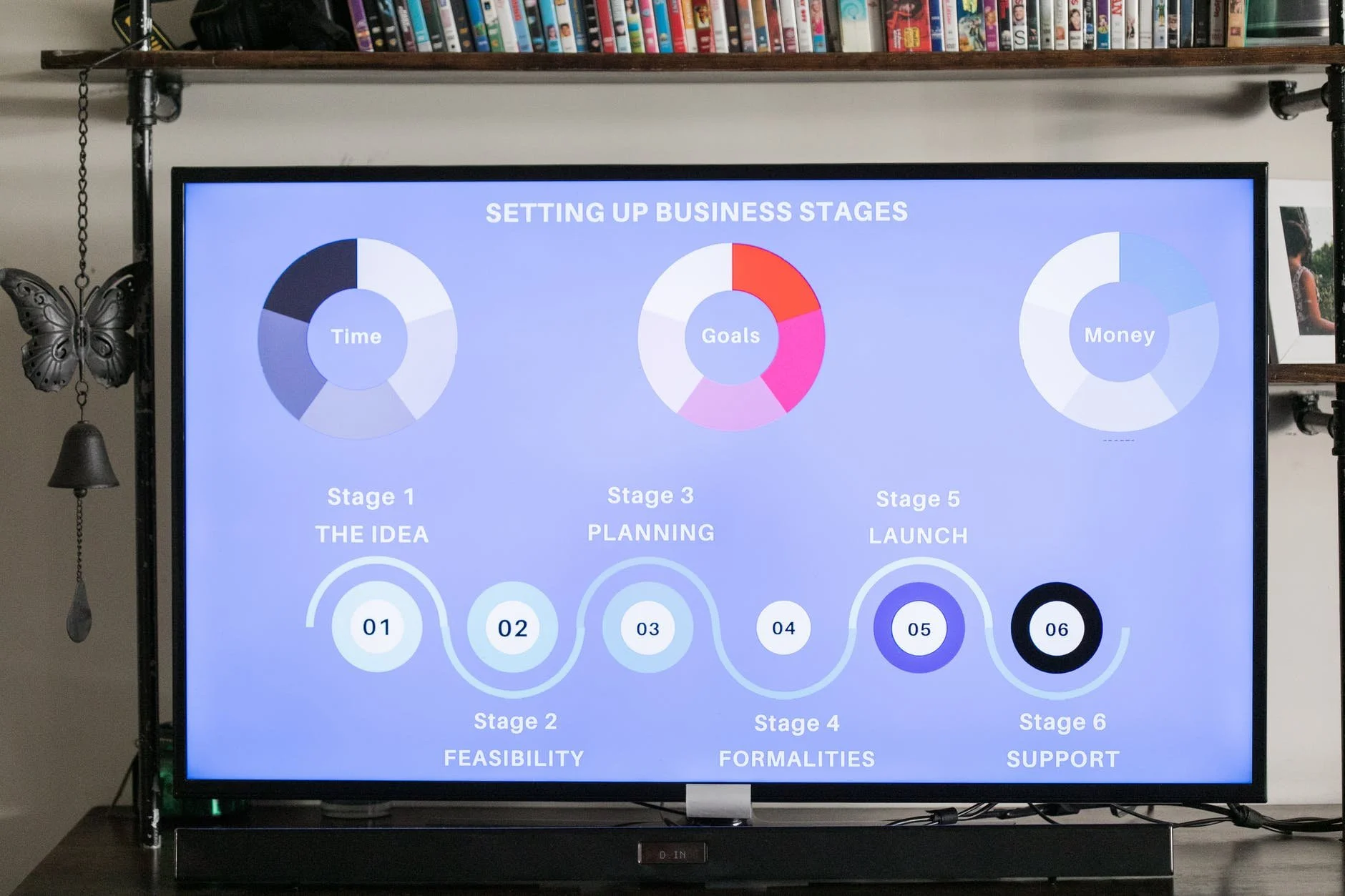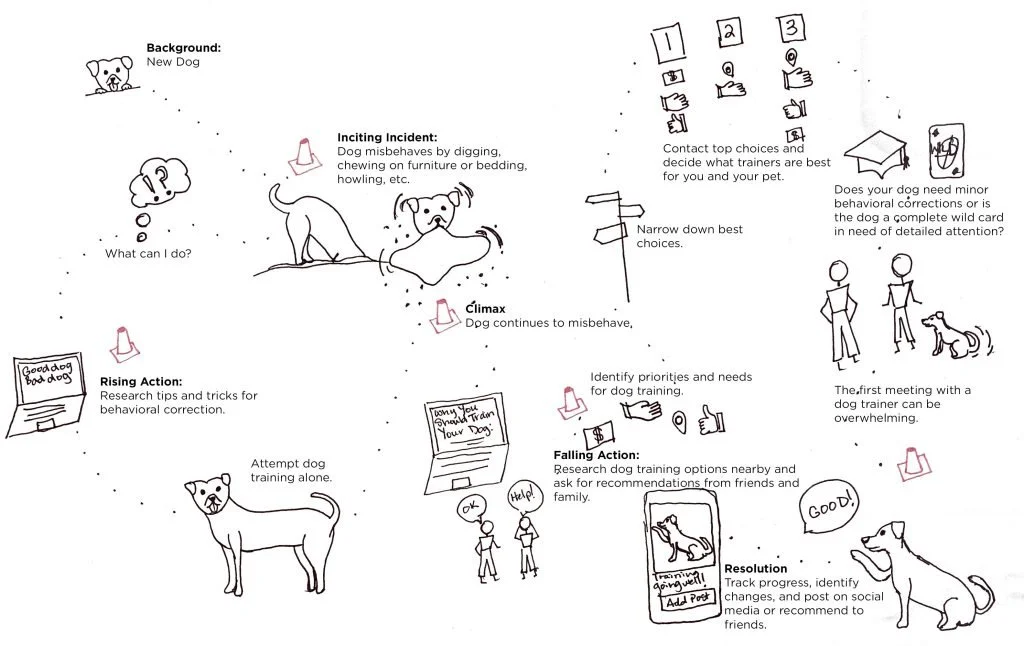Tall-Tales: Creating Customer Journey Maps
Humans are innate storytellers. Whether it be drawings on a cave wall or spooky campfire myths, we have a desire to share stories. So, what better way to communicate than with a story? A customer journey map shares a customer's story and experiences with a product or service, from first impressions to a lasting relationship. Of course, we could simply look at customer data, but quantitative data doesn’t adequately represent the full story.
Photo by RF._.studio on Pexels.com
Every interaction a product, company, or service has with a potential customer directly affects customer satisfaction and loyalty. This becomes increasingly important as the organization attempts to grow its brand. A customer journey map highlights the faults and opportunities in the company-customer relationship. Like an infographic, these journey maps visually represent a customer’s perspective on their interaction with the company over time and across channels.
Then again, why would a company worry about the customer's point of view, especially if they already have a good following? As society grows more dependent on technology, we also grow more dependent on personalized experiences. Instead of looking at customer interaction as a mere transaction, companies benefit long-term from more personalized and detailed engagement. The customer journey map helps identify opportunities for improvement that benefit both the user and the business.
Photo by Christina Morillo on Pexels.com
The purpose of a customer journey map is to explain your current and potential users’ needs, motivations, and concerns. These maps visually represent users’ context and how they traverse the sales funnel, which helps identify how the company can improve the digital experience and overall customer service. These also showcase the user’s experience from their perspective, including how they want to be spoken to, what they want to achieve, and what they think, feel, see, and hear.
Requirements
Personas | The users depicted in the journey map, including motivations, thoughts, and goals.
Timeline | Representing either a definitive period of time or a series of phases in the process.
Emotions | The range of feelings experienced by the persona, including things like frustration, excitement, or neutrality.
Touchpoints | Key interaction between the customer and the company defining what the user is doing or trying to accomplish.
Channels | The mediums the customers use to take action or communicate with the company.
Photo by RODNAE Productions on Pexels.com
Customer Journey Map Process
Identify Company Goals – what goals does the company aim to reach for the product or service, especially as they relate to the customer journey map?
Gather Research – Use qualitative and quantitative data to understand the target user experience from interviews, ethnographical research, web analytics, social media, and customer support logs.
Brainstorm Key Touchpoints and Channels – which mediums are your target users most likely using to access the company’s product or service? Can you identify which moments or actions are the most crucial to solidifying the user’s association with the company?
Empathy Map – Describe (and illustrate) the emotional experiences that coincide with the persona’s interaction with the company. What are the strongest emotional ties the company can offer to reel the customer in and maintain a long-term relationship?
Brainstorm with "Lenses" – Generate a few lenses (words that represent your company's key concepts or attributes) to identify new solutions, scenarios, and ideas for improvement.
Sketch the Journey – Combine all the pieces of your journey map to showcase the persona’s experience, ideas for improvement, and the company’s responsibility in raising customer experience.
Refine and Share – Once you’ve compiled a customer journey map, you should refine the overall design to look appealing and communicate the most important information quickly and easily.
Finding the Right Dog Trainer (Example)
I created an example customer journey map for a dog training service. I have some experience with seeking training for my dogs, which gives me some advantage for understanding the key motivations and frustrations behind searching for behavioral assistance with my dogs. I started by developing a process map that walks through the individual steps of finding the right trainer, then moved toward identifying the key moments of a company’s interaction.
To help with this, I used a basic film plot structure: starting with the Background, Inciting Incident, Rising Action, Climax, Falling Action, and Resolution. These allowed me to identify the most important moments for company-customer interaction. By the ”Resolution” stage, the customer’s feelings about the company should already be solidified. The company needs to focus on interactions long before the final moments.
Customer journey maps are most effective when clearly and quickly identifying key moments of interaction and opportunity while grabbing people's attention. Since the goal is to keep the user's perspective and story at the center of attention, the map should consider the customer's feelings, motivations, goals, and needs.





